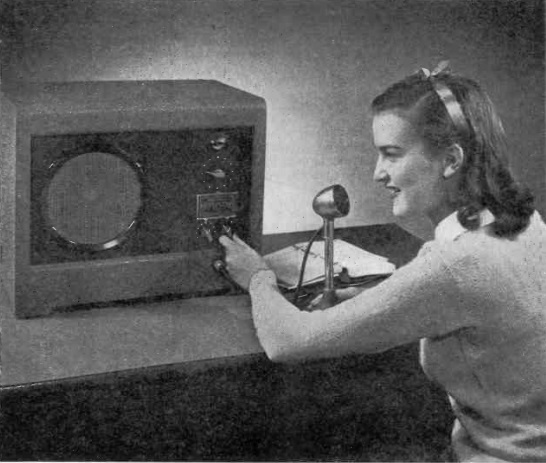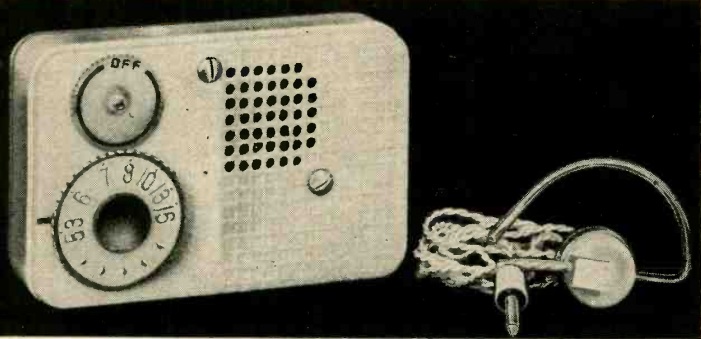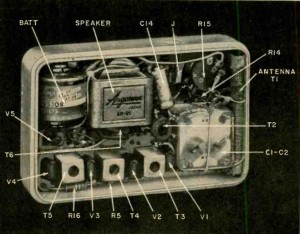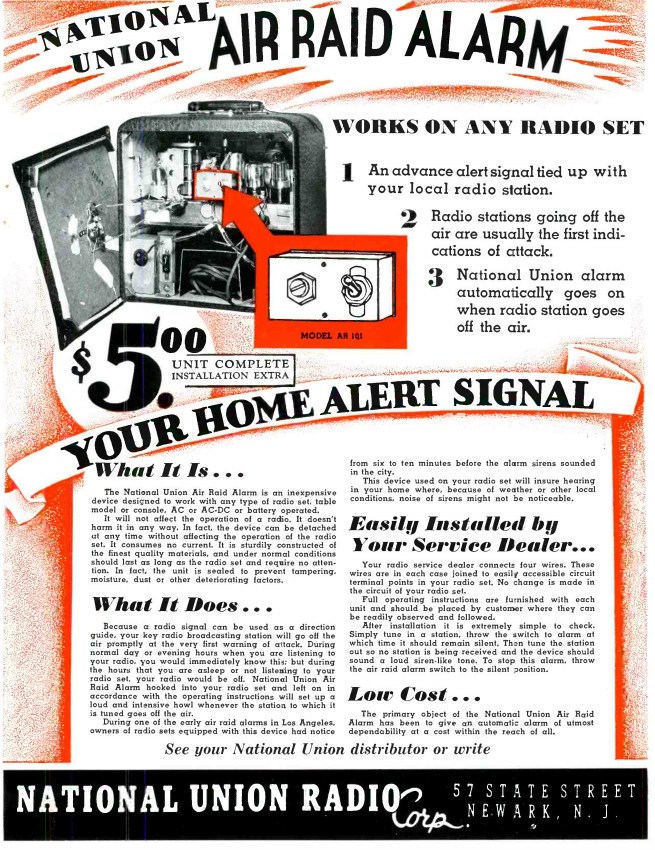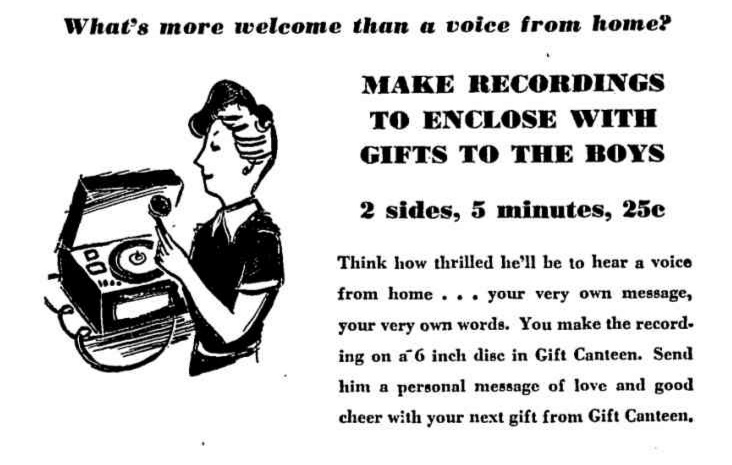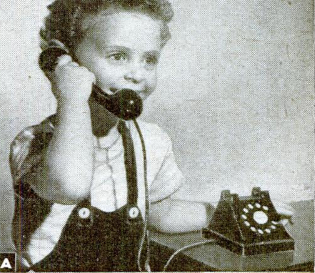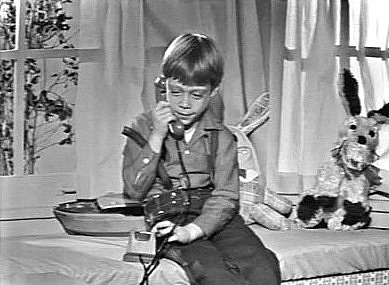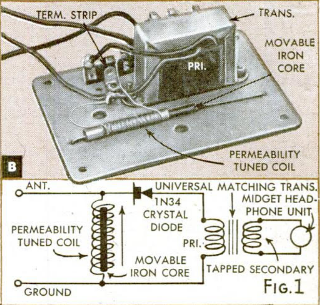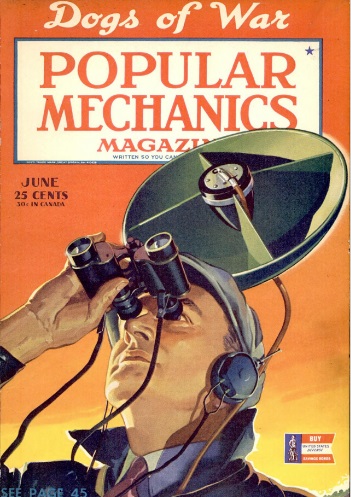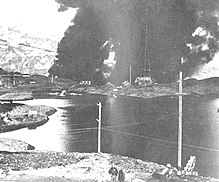Today marks the 75th anniversary of two battles of World War II in the Pacific. the Battle of Midway began on June 4, 1942, and the Aleutian Islands Campaign began the day before.
At Midway, the Japanese had intended to eliminate the United States as a strategic power in the Pacific. The Japanese had made faulty assumptions of American reaction, and American cryptographers had been able to determine the date and location of the planned attack. The battle was a U.S. victory, and all four of Japan’s large aircraft carriers were sunk. Along with the Guadalcanal Campaign which began in August, the battle is considered a turning point in the war in the Pacific.
On June 3 and 4, the Japanese attacked the SuS. airfield at Dutch Harbor, Alaska.
The attack on Dutch Harbor prompted a blackout of radio stations along the West Coast of North America. According to the June 8, 1942, issue of Broadcasting, stations along the West Coast were silenced for more than eight hours, from 9:01 PM until 5:24 AM the next morning. This was the longest radio blackout to date. Stations in British Columbia, Canada, and Baja California, Mexico, were also off the air for about the same time period.
The magazine noted that the blackout resulted in heavy loss of revenue, but the West Coast stations “cheerfully dug in for the duration.” In most cases, full staff remained on duty. Station switchboards were flooded with calls from listeners, but “operators and attendants on duty kept the public reassured.” According to the magazine, “stations up and down the entire Pacific Coast area have been highly complimented by official Washington, the Army and Navy, as well as by an appreciative public for their efficient cooperation in following through on all orders given.”

